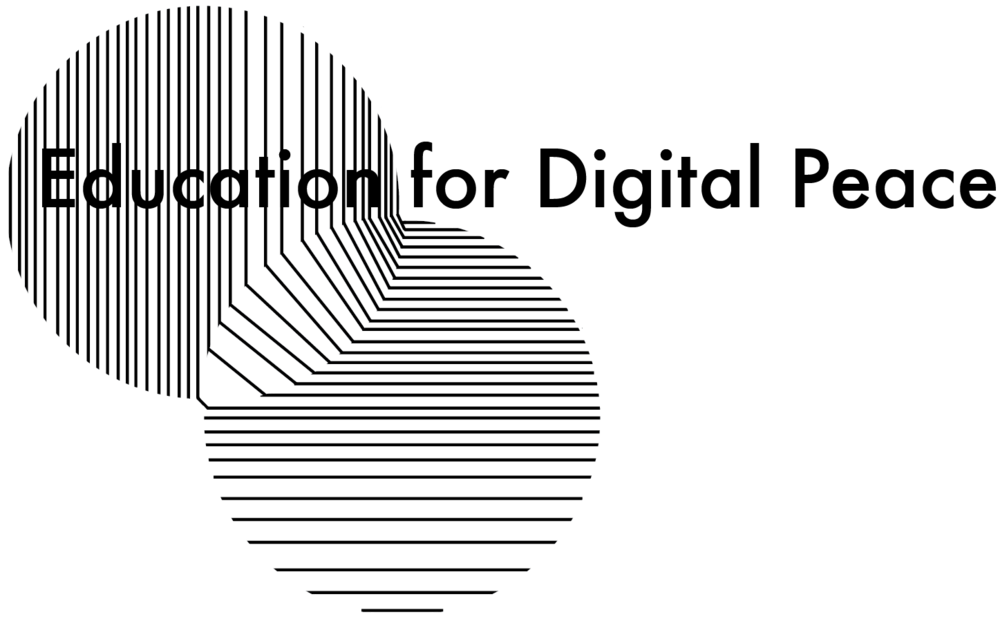What is Privacy?
Privacy is the ability for people to choose the extent to which they want to share their ideas, thoughts, attitudes, experiences or behaviors with others. It is a fundamental human right recognized in Article 12 of the United Nation's Universal Declaration of Human Rights, and receives legal protection in countries around the world, including Canada, the European Union and the United States. There are many expressions of privacy, such as information privacy, bodily privacy, territorial privacy, and communication privacy. Protecting privacy may have different requirements depending on the situation. Information privacy, for instance, may be compromised at the stage of collecting, processing or disseminating the information. What is required to protect information privacy would be different in each of these different stages.
Why Privacy?
Privacy protection is rooted in a perspective that sees people as dignified, capable of making choices, setting goals for themselves, self-reflection and change. While safeguarding individual autonomy, dignity and growth, privacy protection also helps to bring about a social environment that fosters the full development of human potential. As such, respect for privacy is a distinguishing feature of a free and democratic society.
The concept of privacy dates back to some of the oldest cultures and traditions. For instance, the principle of not talking badly of others behind their back is widely embraced across different cultures, and is an idea about privacy relating to dissemination of information. But privacy is also an important aspect of innovation. For example, the process of creating new technologies often requires much tinkering and experimenting that is done in private. This allows an inventor to explore, make mistakes and learn from the mistakes away from the prying eyes of others.
Privacy and Technology
Digital information technologies are generating an unprecedented amount of personal data, which in turn substantially increases the risk of surveillance by government and corporate actors. For instance, in the interactive documentary series Do Not Track, we learn how our digital activity is recorded, tracked and used for commercial purposes by corporate actors. These actions are making it increasingly difficult for people to have a say in how their personal data is processed and disseminated.
Actions to Protect Privacy
There are three areas in which individuals can act to protect their privacy:
- As individual user of technology: e.g. better understand the privacy features and policies of apps or devices; decide whether or how to continue to use them; research and find more privacy protective technology, etc.
- Actions that focus on systemic and structural privacy protection: e.g. inventing, or demanding from businesses or governments, technology that protects privacy by design.
- Actions that focus on creating a culture of privacy protection: e.g. support activities that promote a better understanding about the importance of privacy and how to protect it, such as watching or sharing the Do Not Track documentaries series.
Example: Redesigning Instagram’s Terms & Conditions?
Most people never read their apps’ terms and conditions (T&C) because they are usually long and hard to understand. So in 2017, the Children’s Commissioner of UK asked a law firm to draft a simplified version of Instagram’s T&C to see whether teen users would continue using the app if they actually understand the T&C. Many said no because they don’t want to waive their privacy. How might Instagram’s T&C be redesigned to reflect the Privacy By Design principles established by the Privacy Commissioner of Ontario?
